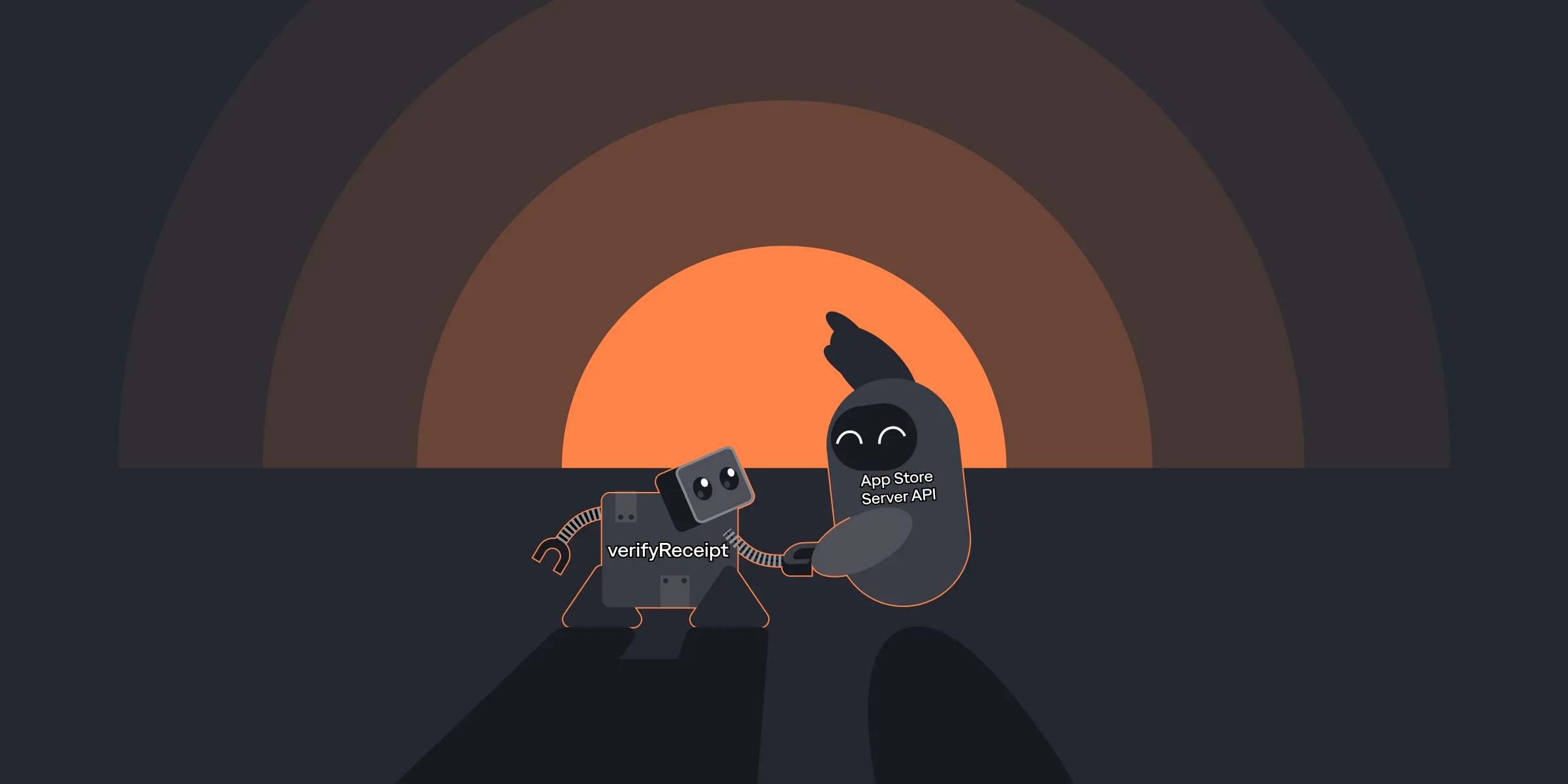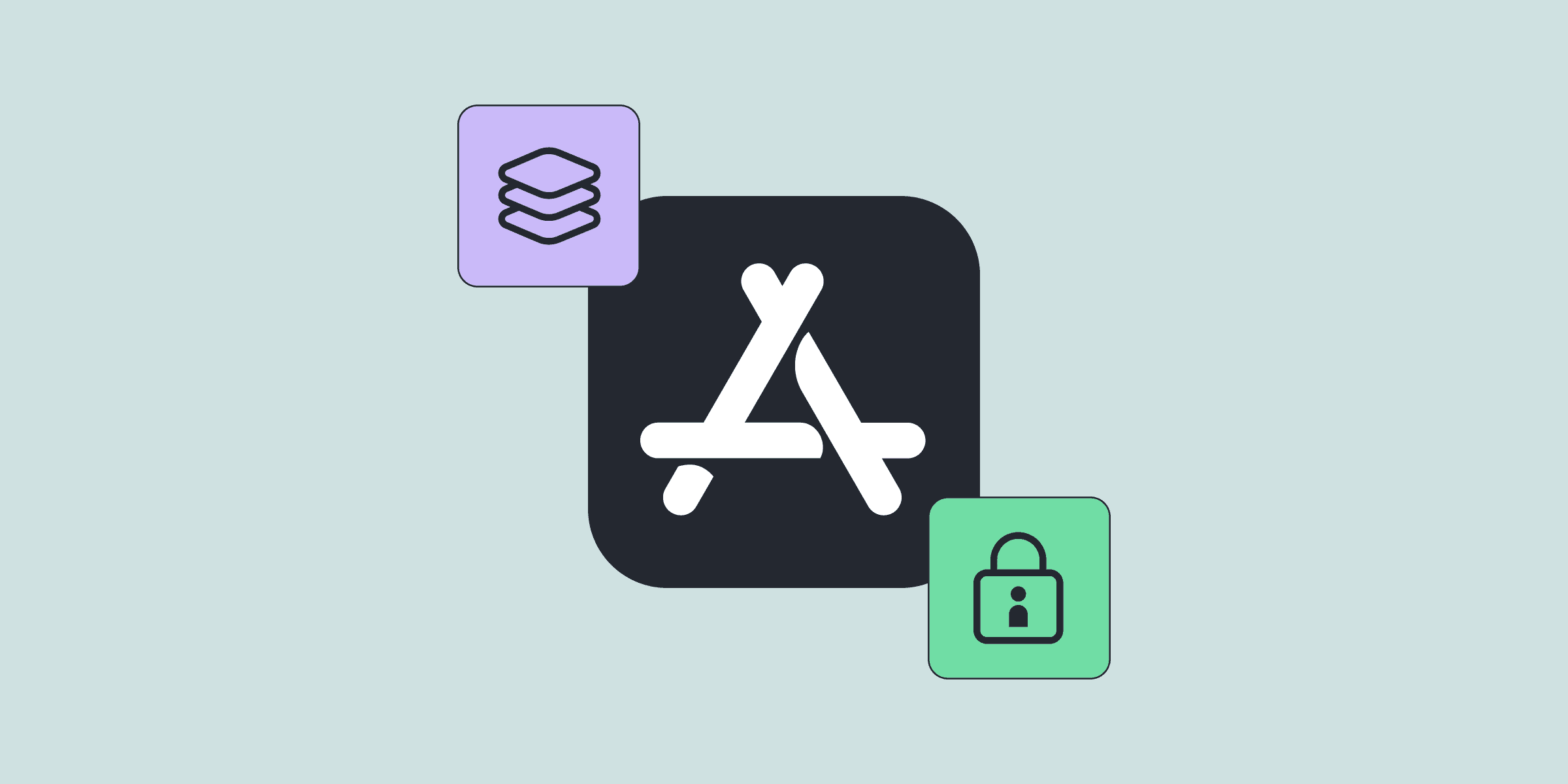iOS Subscription upgrades, downgrades, and service levels
iOS Subscription upgrades, downgrades, and service levels

Michael

Michael
Jan 29, 2021
Jan 29, 2021
iOS subscription levels and events like subscription upgrades and downgrades can cause a lot of confusion. This guide summarises everything you need to know on these subjects.
First, you need to understand the following two concepts used by Apple on the App Store Connect:
Subscription group
Service Level
iOS subscription levels and events like subscription upgrades and downgrades can cause a lot of confusion. This guide summarises everything you need to know on these subjects.
First, you need to understand the following two concepts used by Apple on the App Store Connect:
Subscription group
Service Level














